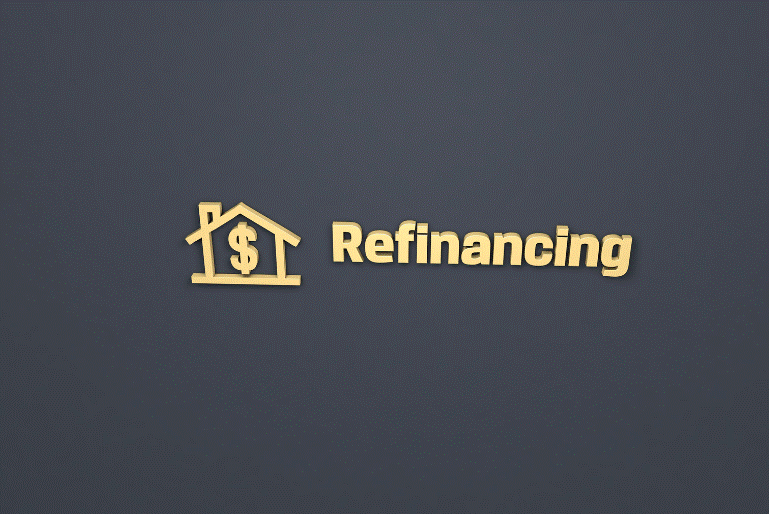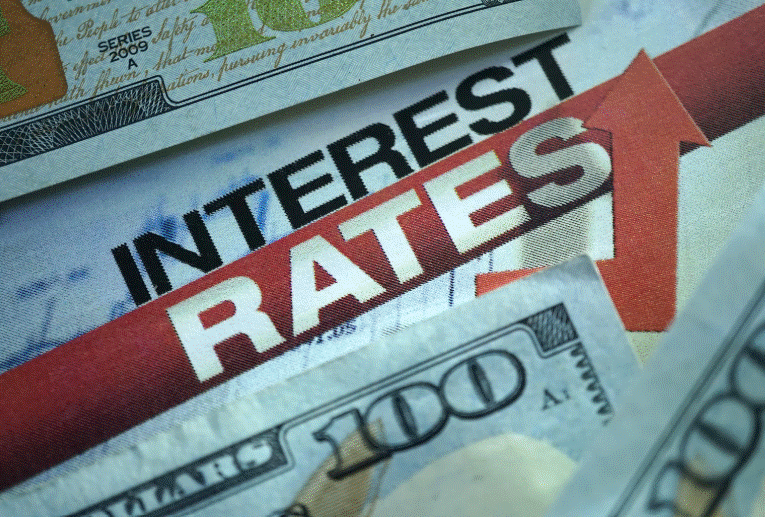Many homeowners who purchased homes in the past couple of years are now considering whether refinancing is a smart financial move, especially as mortgage rates have fluctuated significantly since the peak of the pandemic. In 2021, mortgage rates reached historic lows, with some homebuyers securing rates as low as 3%. However, by late 2022 and early 2023, the Federal Reserve’s fight against inflation caused rates to spike, climbing to around 6% and 7% for many buyers. Now, in 2024, mortgage rates have started to dip slightly, with some lenders offering rates around 5.5%. But when does it really make sense to refinance, and how low do rates need to go for it to be worthwhile?
Let's look at the key factors that make refinancing a smart financial decision. We’ll also explore scenarios where homeowners with rates above 6% or 7% may benefit from refinancing, especially in light of recent mortgage rate trends.
Factors to Consider When Refinancing
Refinancing can be a smart way to lower your monthly payments or reduce the total interest paid over the life of your loan. However, refinancing comes with costs, including closing fees, which typically range from 2% to 5% of the loan amount. Before jumping into a refinance, you need to determine if the potential savings outweigh the costs.
Here are some key factors to keep in mind:
- Current Interest Rate vs. New Rate: The larger the gap between your current rate and the new rate, the more you stand to save.
- Loan Term: Refinancing into a shorter-term loan can save you thousands in interest, but it could also raise your monthly payments.
- How Long You Plan to Stay: If you plan to sell your home within a few years, refinancing may not provide enough savings to justify the cost.
- Closing Costs: These costs can eat into the savings from refinancing, so it’s important to calculate your breakeven point—the time it will take for your savings to cover the costs of refinancing.
Example Scenarios
Let’s look at two hypothetical homeowners and analyze when refinancing would make sense for them.
Scenario A: Homeowner at 6.5% Interest Rate
John bought his home for $400,000 in 2022 with a 6.5% mortgage rate. His monthly payment (excluding taxes and insurance) is about $2,528 on a 30-year fixed-rate mortgage. In 2024, he sees an opportunity to refinance at a rate of 5.5%. The closing costs for refinancing would be $6,000.
At a new rate of 5.5%, John’s monthly payment would drop to about $2,271, a savings of about $257 per month. Over the course of the year, that’s a savings of around $3,084.
To calculate the breakeven point, John divides his closing costs by the monthly savings:
- $6,000 ÷ $257 = 23.35 months
In just under two years, John would break even on the refinance costs, and after that, all savings would go directly into his pocket. If he plans to stay in his home for at least that long, refinancing makes sense.
Scenario B: Homeowner at 7.2% Interest Rate
Emily purchased her home for $550,000 in 2022 with a 7.2% interest rate. Her monthly payment (excluding taxes and insurance) is about $3,720 on a 30-year fixed-rate mortgage. She is considering refinancing in 2024 at 5.5%, with closing costs totaling $7,500.
At a new rate of 5.5%, Emily’s new payment would be about $3,128, a savings of around $592 per month. Over the course of the year, she would save approximately $7,104.
To find her breakeven point:
- $7,500 ÷ $592 = 12.67 months
In just over one year, Emily would break even on her refinance costs. Since she intends to stay in her home for the foreseeable future, refinancing would be a clear financial win for her.
How Low Do Rates Need to Go?
For homeowners like John and Emily, rates dipping into the mid-5% range make refinancing a worthwhile option, but it’s important to remember that everyone’s financial situation is different. The general rule of thumb is that refinancing becomes attractive when you can reduce your interest rate by at least 1%, but the decision depends on factors like loan size, how long you plan to stay in your home, and the closing costs. Remember, refinancing resets your mortgage clock to 30 years again as well.
Refinancing is not a one-size-fits-all solution. Homeowners who locked in higher rates in recent years should weigh the costs of refinancing against their potential savings, using tools like breakeven calculations to guide their decision. With mortgage rates now trending down into the 5.5% range, this could be the right time for many to consider a refinance, especially if they plan to stay in their home for several more years.
To learn more about how mortgage rates impact home values, check out our article on How Rising Interest Rates Affect Home Values.





